DJI Mini 5 Pro’s 250-Gram Drone Problem: Inside The Last-Minute Design Changes That Broke The Weight Limit

Amazon Drone Deals: DJI Mini 5 Pro Fly More Combo with DJI RC2 now for $1,099!
An industry insider has revealed the specific pre-production decisions that pushed the DJI Mini 5 Pro drone over the critical 250-gram regulatory threshold, ending four generations of the company’s success in the sub-250g category. According to the long-time trusted DroneXL source, two last-minute design changes—new propellers and an upgraded speaker—added approximately four grams total, transforming what was designed as a sub-250g drone into a 252-253g aircraft that requires registration in most jurisdictions worldwide.
The revelation explains why virtually every Mini 5 Pro unit weighs above 250 grams despite DJI marketing the drone as weighing 249.9 grams. The weight variance has created regulatory headaches for pilots globally and represents a significant departure from DJI’s historically successful Mini series engineering.
Correction: This article initially misstated CASA’s registration requirements for drones flown purely recreationally. That section has now been corrected.
The Two Critical Design Changes
The source confirms that DJI made two modifications shortly before production that ultimately undermined the drone’s sub-250g status. The first change involved switching to a new propeller design that added approximately two grams to the aircraft’s total weight. The Mini 5 Pro features a redesigned quick-release propeller system that replaces the screw-on propellers used in previous Mini models, offering easier field replacement but at a weight penalty.

The second change involved upgrading the speaker component, which added another two grams. This speaker plays the DJI startup jingle and other audio feedback.





According to the source, “It was two last minute changes before production that ruined it. New style props +2g. And speaker +2 g. Had they not done those changes it would have been under.” The source emphasized the regulatory significance of these decisions: “To cover the mess, they posted the disclaimer of weight variance. No doubt, [the] one[s] that have been checked, have come in under 250 when using a calibrated scale.”
Why 250 Grams Matters So Much
The 250-gram threshold serves as a crucial regulatory boundary in virtually every major drone market worldwide. In the United States, the FAA requires registration and Remote ID compliance for all drones exceeding 0.55 pounds (approximately 250 grams) when flown recreationally. Sub-250g recreational drones avoid these requirements entirely, making them significantly more accessible to casual pilots.
The regulatory advantages extend far beyond simple registration. In Canada, drones under 250 grams qualify as “micro drones” and don’t require pilot certification or aircraft registration for typical operations. European regulations offer similar freedoms for C0-classified aircraft under 250 grams, allowing operation in populated areas with minimal restrictions.
For recreational pilots in the United States, staying under 250 grams means the difference between flying immediately out of the box versus completing registration paperwork, paying fees, broadcasting location data via Remote ID, and navigating more complex operational rules. The weight limit isn’t arbitrary—it represents a carefully calculated risk threshold based on kinetic energy calculations.
DJI’s Meticulous Weight-Saving Efforts Made It Worse
What makes these last-minute design changes particularly frustrating is the extraordinary effort DJI’s engineering team invested in weight reduction elsewhere on the aircraft. A community teardown revealed that DJI engineers used aluminum screws instead of steel, replaced traditional metal shielding with lightweight foil tape, and implemented a flexible GPS antenna to save every possible gram.
The Mini 5 Pro packs a 1-inch camera sensor, omnidirectional obstacle avoidance, LiDAR, and a 36-minute flight time into what was intended as a sub-250g package. These obsessive weight-saving measures throughout the aircraft make the decision to add grams for propellers and a speaker seem particularly puzzling.
DJI successfully delivered four previous generations of Mini drones under 250 grams—the original Mavic Mini, Mini SE, Mini 2, Mini 3 Pro, Mini 4K, and Mini 4 Pro all achieved true sub-250g status. The company built its entire Mini brand identity around this weight threshold, making the Mini 5 Pro’s failure to maintain it a significant marketing and engineering setback.





Global Regulatory Fallout
The weight variance has created a complicated patchwork of regulatory responses worldwide. Europe’s EASA confirmed the Mini 5 Pro retains C0 classification despite the weight variance, acknowledging a 3% manufacturing tolerance during certification. This pragmatic approach allows European pilots to operate the Mini 5 Pro under relaxed micro drone rules.
While many other jurisdictions have taken a stricter approach, the situation in Australia differs. CASA confirmed that the Mini 5 Pro only requires registration and accreditation when flown for commercial purposes or as part of one’s job—not for purely recreational flights. This contrasts with the United States, Canada, and the United Kingdom, which all require registration for Mini 5 Pro units exceeding 250 grams. Transport Canada has also stated that pilots are responsible for verifying their drone’s weight and must register and certify any unit at or above the 250-gram threshold.
The UK Civil Aviation Authority confirmed there are no weight tolerances in UK regulations. Looking ahead, UK pilots face even stricter requirements beginning January 1, 2026, when the registration threshold drops from 250 grams to just 100 grams.
What This Means For Mini 5 Pro Owners
For pilots who purchased the Mini 5 Pro expecting sub-250g compliance, the situation creates genuine uncertainty. The prudent approach is to weigh your specific unit with a calibrated scale. If it measures 250 grams or more, registration is required in most jurisdictions regardless of DJI’s marketing claims or manufacturing disclaimers.
The practical impact varies by pilot. Those already holding commercial certifications and flying larger drones won’t notice operational differences. But recreational flyers who specifically chose the Mini for regulatory advantages now face unexpected registration requirements, operational restrictions, and Remote ID compliance obligations.
DJI’s official response has been to market the drone as “near-250g” rather than explicitly claiming sub-250g status—a notable shift from previous Mini models that prominently advertised 249-gram weights. The company’s packaging also omits any mention of 250 grams, and units ship with both C0 and C1 certification documents, suggesting DJI anticipated the regulatory complications.
DroneXL’s Take
This shouldn’t have happened. DJI has successfully delivered four generations of Mini drones under the 250-gram limit, making the sub-250g category practically synonymous with the Mini brand. The revelation that two specific late-stage design changes pushed the Mini 5 Pro overweight adds a frustrating layer to a story we’ve been covering since the weight issue first emerged in September.
When we reported on the community teardown that revealed the speaker component, the reaction was a mix of disbelief and dark humor. Imagine being the engineer who spent months figuring out how to save 0.1 grams by replacing metal components with foil tape, only to watch another team add a speaker to play a three-second jingle. The engineering genius displayed throughout the Mini 5 Pro makes these last-minute decisions feel like an own goal.
The propeller change is more defensible—the new quick-release system genuinely improves the user experience by eliminating the need for a screwdriver during field repairs. But combined with the speaker upgrade, these changes crossed a line that DJI spent years establishing as sacrosanct. There’s even a Japanese version of the Mini series that weighs less than 100 grams, and the DJI Neo comes in at exactly 135 grams without any tolerance disclaimers, proving the company can hit precise weight targets when they prioritize it.
The regulatory fragmentation that followed has been predictable but frustrating. Europe’s pragmatic 3% tolerance acknowledges manufacturing realities while maintaining safety standards. Meanwhile, the FAA’s absolutist approach treats 250.1 grams as a regulatory violation, creating compliance uncertainty for pilots who reasonably expected sub-250g performance based on DJI’s marketing.
Looking forward, the question is whether DJI will engineer a true sub-250g Mini for their next iteration—perhaps with a lighter battery sacrificing some flight time, or simply removing the speaker that’s caused so much grief. The company proved they can build incredible sub-250g drones for four consecutive generations. They just need to stop undermining their own engineering excellence with questionable last-minute decisions.
What’s your experience with Mini 5 Pro weight measurements? Have you registered your unit, or are you flying under local tolerances? Share your thoughts in the comments below.
Discover more from DroneXL.co
Subscribe to get the latest posts sent to your email.
Check out our Classic Line of T-Shirts, Polos, Hoodies and more in our new store today!

MAKE YOUR VOICE HEARD
Proposed legislation threatens your ability to use drones for fun, work, and safety. The Drone Advocacy Alliance is fighting to ensure your voice is heard in these critical policy discussions.Join us and tell your elected officials to protect your right to fly.
Get your Part 107 Certificate
Pass the Part 107 test and take to the skies with the Pilot Institute. We have helped thousands of people become airplane and commercial drone pilots. Our courses are designed by industry experts to help you pass FAA tests and achieve your dreams.

Copyright © DroneXL.co 2025. All rights reserved. The content, images, and intellectual property on this website are protected by copyright law. Reproduction or distribution of any material without prior written permission from DroneXL.co is strictly prohibited. For permissions and inquiries, please contact us first. DroneXL.co is a proud partner of the Drone Advocacy Alliance. Be sure to check out DroneXL's sister site, EVXL.co, for all the latest news on electric vehicles.
FTC: DroneXL.co is an Amazon Associate and uses affiliate links that can generate income from qualifying purchases. We do not sell, share, rent out, or spam your email.




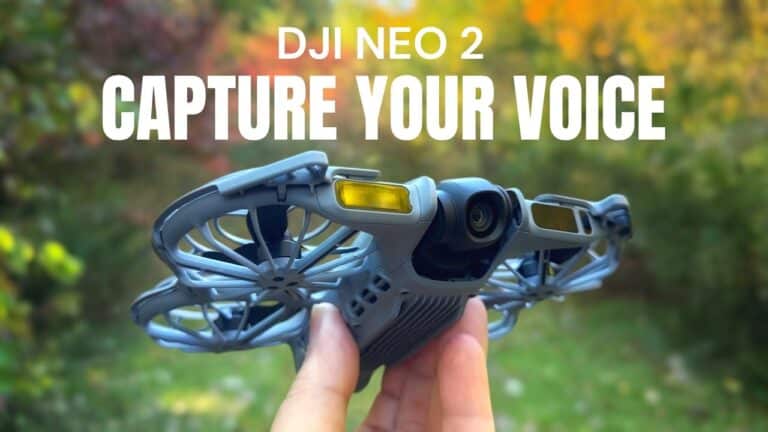
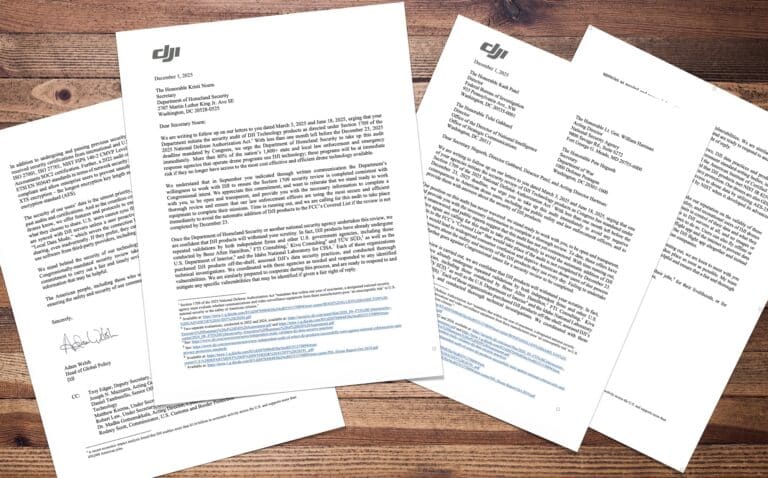

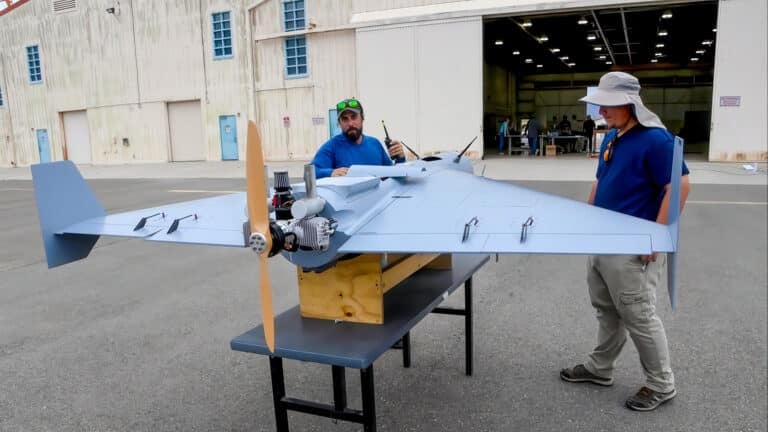


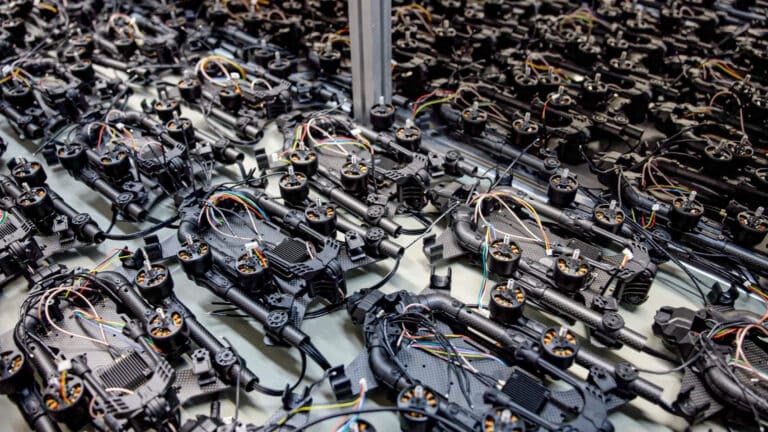


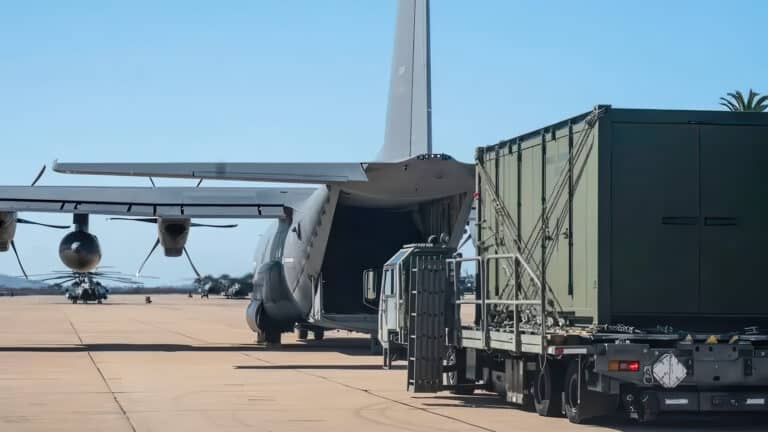


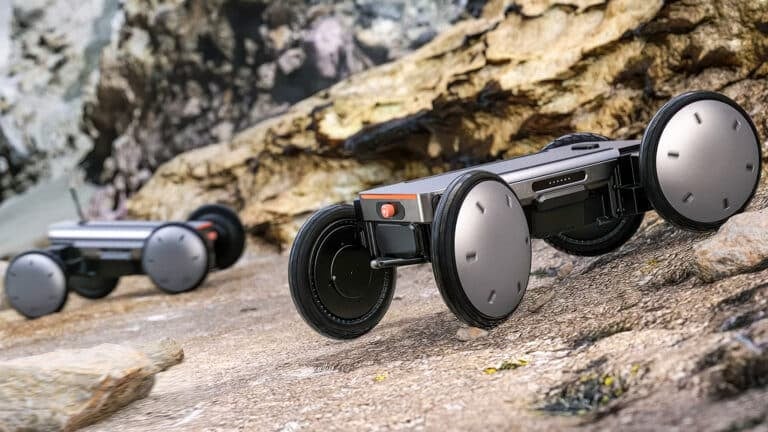


I bought the Mini 4 Pro; I don’t see the 5 as much of an improvement. The camera output in daylight is virtually identical between the two models, and that’s all I need from it. OK, the quick transfer and the higher wind resistance are both ‘nice to haves’, but not worth losing the super wide angle lens capability or the regulatory compliance. And how often does one need to switch props? Once a year, maybe?
The 5 is an improvement all over the park, even from the 4 pro which I had.
The images are marginally better granted, but for editing they are miles better.
Wind resistance is debatable for me on mini drones, as I have the Mavic 4 so only need the mini to get to places my beast cant legally fly.
Wide angle lens on a drone, especially a mini with a focal length of 24mm is completely moot for me, just fly back a few feet, regulatory compliance is splitting hairs, no cop in the world is carrying a scale to check the drones weight, so just fly it as a mini drone and stick to the rules and no issues. (FUN FACT – Not all mini 5s are overweight, and not all mini 4s were under 249g either)
Prop switching yea nobody does that unless damaged so thats an upgrade they could have skipped. as is the speaker.
Its definately an upgrade if you can make use of it, but for most folks the mini 4 is a very capable beast.
Sub 250g drones in the US do have to be broadcasting remote id, unless operating in a FRIA.
In the US, recreational use of drones under 250g is exempt from Remote ID requirements because these aircraft are not required to be registered by the FAA for recreational flights. When you fly these sub-250 gram drones commercially, you have to register and also use remote identification.
You updated your Casa Australian article and yet you link it in this article stating that it requires registration. You’re spreading misinformation here because Casa does not require any recreational drone regardless of weight to be registered. Literally the only difference for this drone being over 250 g is you have to be a bit further from the airport when you fly in Australia. So it’s a very small restriction.
Yes, you are right. The article has been corrected. Apologies.
What nobody is talking about , why cant they just reduced the flight time by 2-5 minutes and make lighter battery, flight time is already more than 4 pro, it will be equal with the 249 weight.
That has been suggested already. Remember the DJI Mini for the Japanese market?
Yep. I’ve been pointing this out since this whole mess started. Unfortunately, all the 3rd party battery makers are either making exact duplicates of the two batteries with the exact same weight issues, or making even bigger batteries.
The drone market is SO obsessed with max flight time, even when most drone ops rarely if ever use that much in one flight, that the 3rd party battery OEMs don’t want to make a lighter, shorter flight time battery. 🙁
The requirements for flying drones in UK are laid out here:
https://www.caa.co.uk/drones/getting-started-with-drones-and-model-aircraft/drone-code/getting-what-you-need-to-fly-legally/
There is no difference between a mini pro 4 (C0 < 250g) and a mini pro 5 (C0 > 250g) as they both have a camera. You’ve had to register for an operator ID for ages and will have to register for a flyer ID from January 2026. It’s not correct to say the UK does not apply a tolerance (they do now and from January).
Basically it makes no difference about the extra weight
Can’t a pilot just rip out the speakers or something else redundant to comply to sub 250 rules?
I just don’t understand why this speaker is even needed, as well as the new button on the right side of the drone. My hope was that the Mini 5 Pro would get the features of the Neo and more, allowing for Quickshots without the remote. I also hoped, since the Mini 5 Pro arms are the first to be equipped with a click mechanism for propeller guards, that when these [guards] come to market, we would get these additional features. After the weight limit chaos, I’m not sure about that anymore, but that was the only explanation for me for the button, the speaker, and the preparation for the propeller guards.
Amazing how people talk about it like like it’s somehow the design changes.
DJI purposefully made it just over 250 g because they want nothing to do with us and our legal system. This is not a slip up and yet so few can see through it.